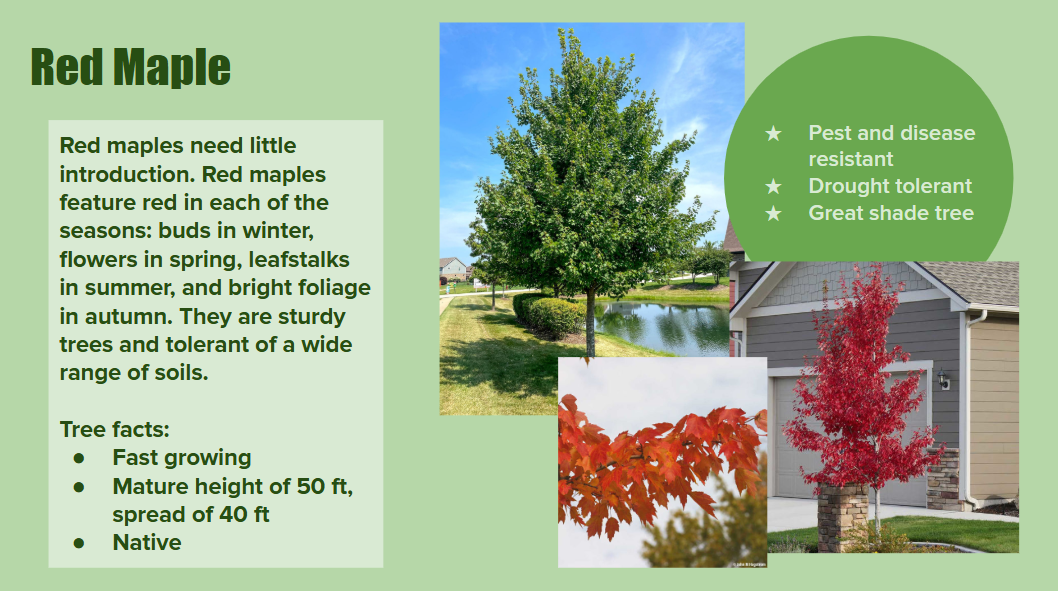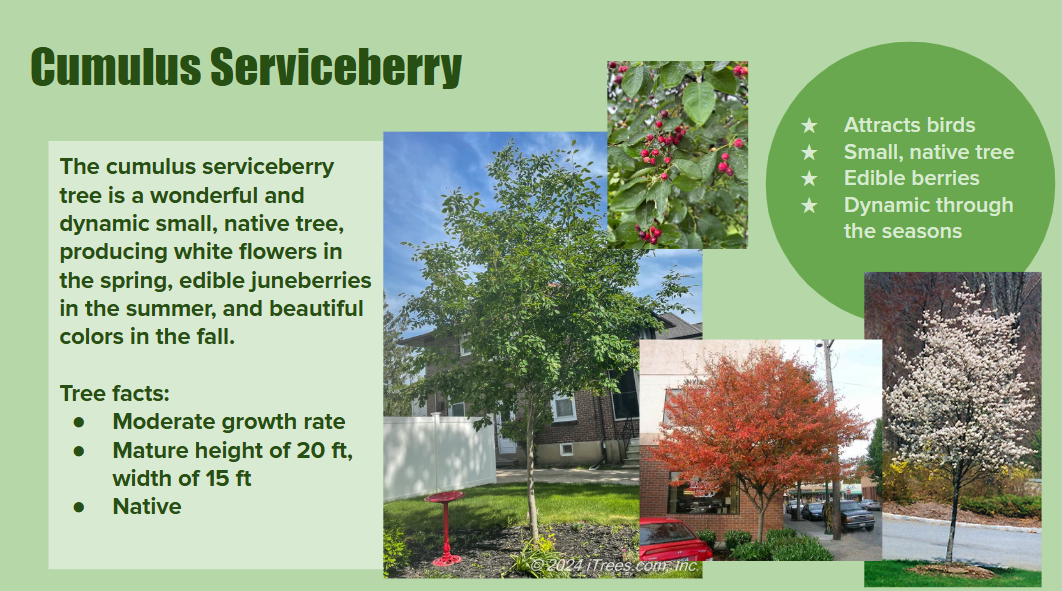Tree Selection
We have a variety of tree species to fit your home and needs! You’ll find below a list with descriptions and photos to help you choose you new tree!
We have a variety of tree species to fit your home and needs! You’ll find below a list with descriptions and photos to help you choose you new tree!















